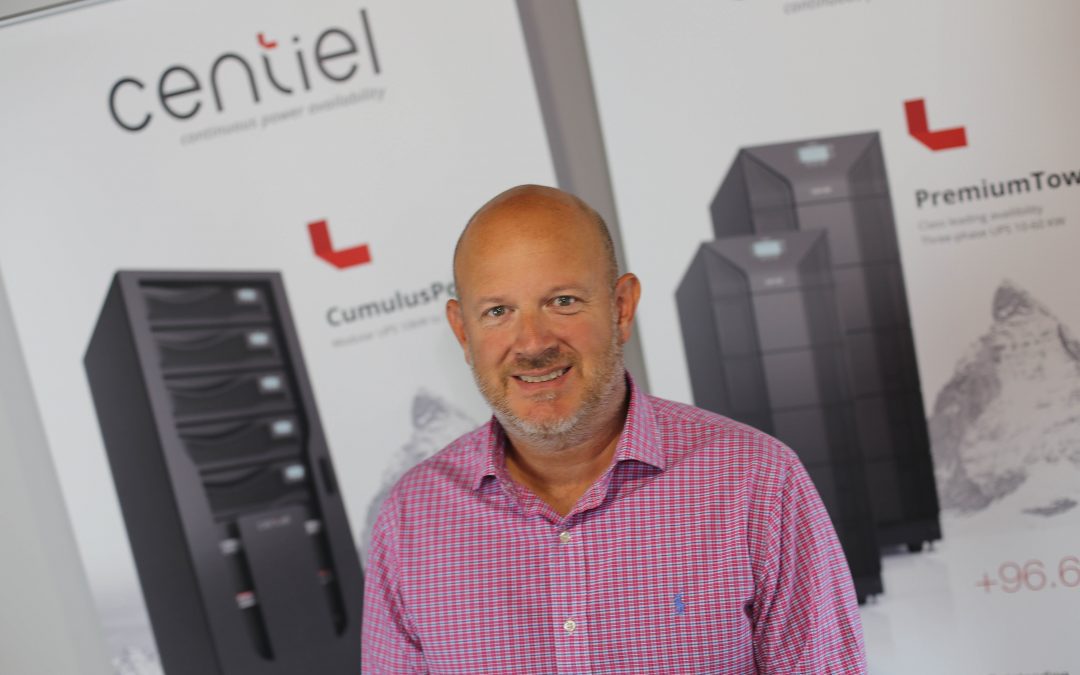A typical UPS life cycle is generally around ten years, as manufacturers are obliged to supply replacement parts for up to ten years after cessation of manufacture. Therefore, the purchasing of UPS equipment five years before this end date may extend the product’s apparent life cycle to 14 years – after which, capacitors and/or batteries usually require replacing for a second or third time thereby making further investment in aging technology prohibitive.
Surprisingly, replacement batteries can cost 30 to 40% of a brand-new UPS system. The standard five or ten-year design life VRLA type battery will generally require replacing at four or eight years.
Replacing individual faulty battery blocks in strings is not recommended due to the different impedances between old and new and equalisation becomes a problem. Rapid chemical build-up within the new blocks will seriously affect their performance and within weeks they can become significantly ‘aged’; best practice is to replace all batteries at the same time.
Replacement of capacitors, AC and DC, is also a costly exercise and although prices vary depending on the UPS system, can amount to around 5-10% of the cost of a new UPS. Recommended replacement times vary between manufacturer with some advocating changing both at five years. Confirm this with your UPS supplier!
For the reasons above, if your UPS is approaching a point where both batteries and capacitors need replacing, it is worth considering the potential commercial advantages of replacement versus repair. A new system will have a 2-year warranty, advances in technology mean it will be more efficient, making significant savings on running costs on both electricity and reduced cooling requirements.
Over time, your load profile will undoubtedly have changed so it is worth investigating Modular UPS systems which can be right-sized more easily to your actual load: why pay for a large UPS when you don’t need it!? The Modular option can therefore reduce CAPEX as well as OPEX. In addition, the latest generation of Modular systems offer the highest availability and continuity of critical power delivery. For example: CENTIEL’s 4th generation modular UPS CumulusPower has 99.9999999% availability
In some situations, a brand-new system could offer a far better technical solution at a similar cost to replacement parts. For a mid-range UPS system, say 60 to 200KVA, the remedial battery works may cost around £5-15K plus the cost of the capacitors. Suddenly, the cost of a similar sized replacement becomes attractive. Plus, a new UPS will come with that warranty and lower running costs.
However, often in business, OPEX and CAPEX lie in different cost centres. It might be easier to push through a purchase order for replacement batteries than invest in a new UPS which would offer long-term savings on running costs and provide higher availability. Here a total cost of ownership (TCO) calculation is helpful to assess the savings over the long term following a capital investment.
For example, a legacy 200kVA standalone UPS only using 100kVA of power could be replaced with a 200-kVA frame with two x 50KVA Modules. This right-sizing using UPS modules reduces CAPEX and lowers ongoing maintenance costs too.
In a recent TCO calculation: the energy saved by replacing an oversized, inefficient, UPS paid for a new Modular system within three years! The calculated savings over ten years made the decision a ‘no-brainer’.
Advances in UPS technology can also reduce the cost of future replacement parts. Legacy UPS systems have capacitors soldered on to pcb’s, where in contrast, the latest modular UPSs facilitate simple swapping capability via components mounted on screw in sub-assemblies. CENTIEL has designed CumulusPower so the DC capacitors only require replacement every ten years and AC capacitors every five-six years so can be changed separately to save costs.
When considering this repair/replacement conundrum, consider also how your business may change in the future. Will it grow? Will it always run at its current capacity? A new, truly modular configuration offers “pay as you grow” flexibility. Right-sizing the system initially, minimises CAPEX, while providing the capability to upgrade your system’s capacity with additional Modules.
CENTIEL work at the forefront of UPS technological development and are trusted advisors to some of the world’s leading institutions in this field.
Enquire about our UPS trade-in program.

